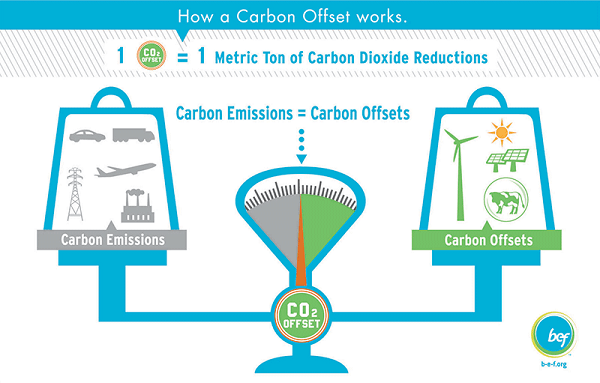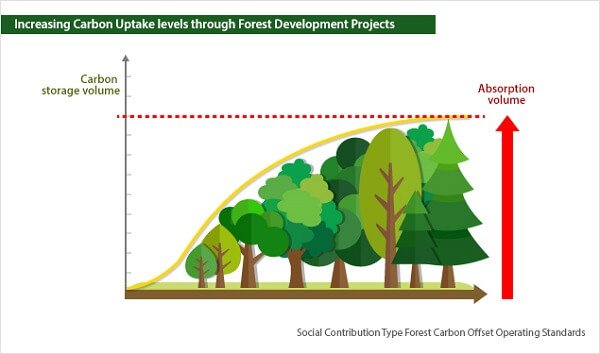What are carbon credits? We’ve heard that term very often in the last few years following the Paris Agreement. But does it work?
Kalimantan Forest in Indonesia
The idea of carbon credits originated in 1997 in Kyoto, Japan, in the United Nations Framework Convention on Climate Change (UNFCCC). Here, the world’s nations agreed carbon credits were a good way of reducing the emission of CO2 and other greenhouse gases.
The definition provided by the Corporate Credit Institute for carbon credits is that it is “a tradable permit or certificate that provides the holder of the credit the right to emit one ton of carbon dioxide or an equivalent of another greenhouse gas”. The ultimate purpose of carbon credits is, therefore, to reduce the emission of GHG into the atmosphere. In other words, carbon credits are exchanged in a carbon market, commonly referred to as the cap-and-trade market, where businesses can sell each other’s rights to pollute.
In other words, a carbon offset helps balance the greenhouse gas emissions from one party to another, with a financial reward for the landowner storing the carbon. The revenue being paid to local communities as an incentive to leave their forests standing or increase their forest cover through restoration. This is what Kaltimber does with its CSR program.
Forest carbon sequestration, or the long-term storage of carbon as a way to mitigate the effects of climate change, is just one of many types of carbon offset projects, and measures carbon based on how much is stored in living and dead trees on a designated property.
The carbon credit system has been criticized for allowing companies to pollute, for this system being either a “guilt-free” or a “get out of jail” card depending on the situation. If no system is perfect, this isn’t a licence to pollute,
Think about it more like a path between a current situation and the desired one. Indeed, companies purchasing carbon credits are among the most ambitious climate change mitigation in their industries, often doing way more than regular businesses.
Don’t forget that purchasing reclaimed wood is also a way to fight climate change thanks to its Co2 storage!




